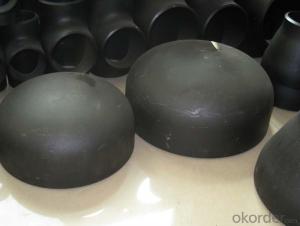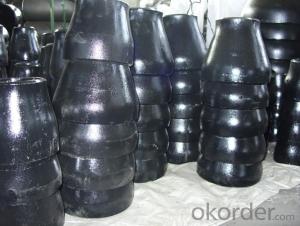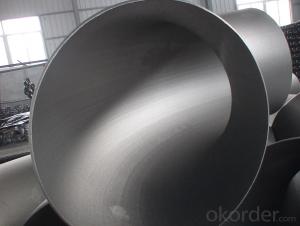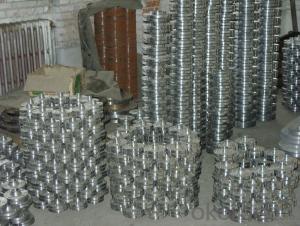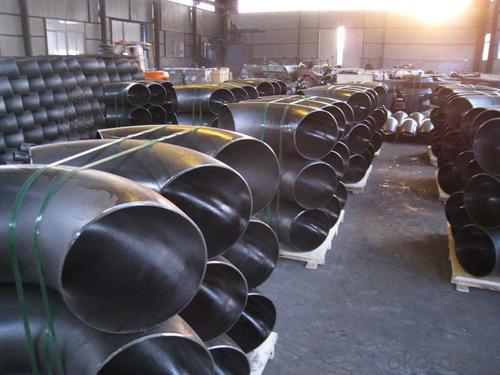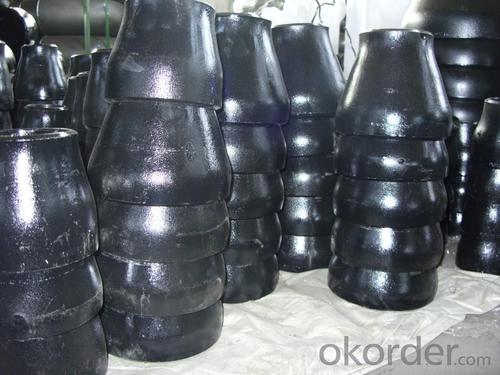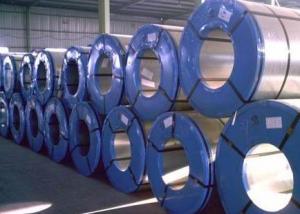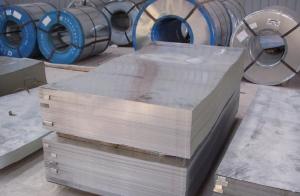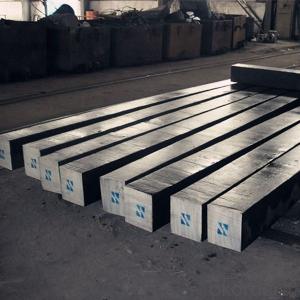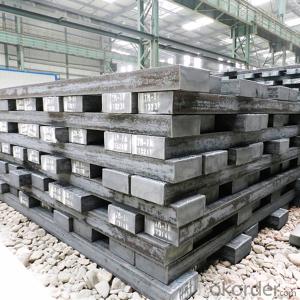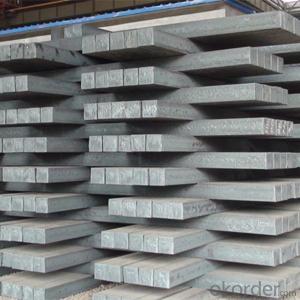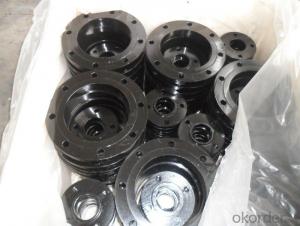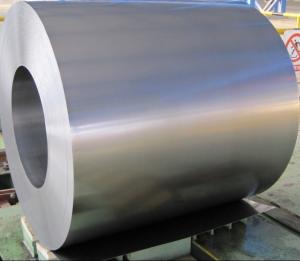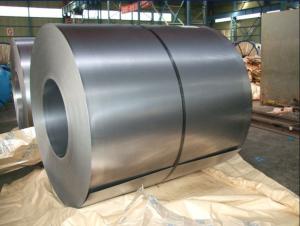Carbon Steel Pipe Fittings ASTM A234 BEND
- Loading Port:
- China Main Port
- Payment Terms:
- TT OR LC
- Min Order Qty:
- -
- Supply Capability:
- -
OKorder Service Pledge
OKorder Financial Service
You Might Also Like
Specifications
pipe fitting elbow
Certificate:ISO:9001-2000
New material,completely meet asme and din standard
Best price
1. type: AISI ASTM A234 WPB BW Con Elbow
2. Size: 1/2"-48"(1/2"-24"is seamless and 26"-48"is welded)
3. Wall thickness: sch10-160, STD, XS, XXS
4. Material: A234WPB, A420WPL6, A420WP5, WP11, WP12, WP22, etc
5. Welding line: seamless
6. Angle of bend: 30, 45, 90, 180degree
7. Bending radius: SR, LR
8. Standard: ANSI B16.9, JIS, SB, DIN, GB
9. Surface treatment: black paint, vanis paint, black rust-proof oil,
transparent oil, hot galvanizing
10. Application: petroleum, electricity, chemical, natural gas, metallurgy,construction,
shipbuilding and other fields because of its high pressure, high temperature, etc
11. connection: welding
12. technics:forged
13.Certificate:ISO9001 - 2000, CE, SGS, etc.
14. packaging: wooden case, pallet, container or in accordance with the
requirement of customers
15. Principle: quality fist, customer first, credit first
16. payment: L/C T/T
17. delivery time: 7-25 days after payments
18. Notes: the bevel can be made in accordance with the special requirements
of the customers
19. Others: we can also produce the products according to the requirements
of the customers
The main production:
1. PIPE FITTINGS: elbows, tees, bends, reducers, cap, flanges and sockets etc.
2. PIPE: bult welded pipes, seamless pipes, threaded pipes, etc.
We sincerely welcom customers at home and abroad to visit us and seek common development.
- Q: How are steel forgings used in heavy machinery and equipment?
- Steel forgings are used in heavy machinery and equipment primarily for their superior strength, durability, and reliability. These forgings, made by shaping and compressing the steel under extreme heat and pressure, provide the necessary structural integrity to handle high loads and withstand harsh operating conditions. They are commonly used in components such as gears, shafts, crankshafts, and connecting rods, ensuring optimal performance and longevity of heavy machinery and equipment.
- Q: How does steel sheet metal bending and forming work?
- Steel sheet metal bending and forming work by applying force to a sheet of steel, causing it to deform and take on a desired shape. This can be achieved through various methods such as using specialized machinery or tools, like a press brake, which applies pressure to the sheet metal along a specific line to create bends or folds. The process may also involve heating the metal to make it more malleable and easier to form. Overall, steel sheet metal bending and forming require precise techniques and equipment to shape the metal into the desired final product.
- Q: What are the different types of surface finishes for steel products?
- There are several different types of surface finishes for steel products, including mill finish, brushed finish, polished finish, galvanized finish, and powder coated finish.
- Q: How are steel tubes used in the fabrication of hydraulic systems?
- Steel tubes are used in the fabrication of hydraulic systems as they provide a strong and durable material that can withstand high pressure and harsh conditions. These tubes are commonly used to transport hydraulic fluids, such as oil or water, from one component to another within the system. They ensure efficient and reliable flow of fluids, maintaining the system's functionality and performance. Additionally, steel tubes can be bent, cut, and welded into various shapes and sizes, allowing for customization and easy installation in hydraulic systems.
- Q: How is steel used in the production of automotive components?
- Steel is commonly used in the production of automotive components due to its high strength and durability. It is used to manufacture various parts such as chassis, body panels, engine components, and suspension systems. The use of steel in these components ensures the safety and structural integrity of vehicles, while also providing cost-effectiveness and ease of production.
- Q: What are the common types of steel products used in the e-commerce and logistics industry?
- Some common types of steel products used in the e-commerce and logistics industry include steel pallets, steel storage racks, steel shipping containers, steel shelving units, and steel security cages.
- Q: What is the role of steel in the manufacturing of furniture?
- Steel plays a crucial role in the manufacturing of furniture due to its strength, durability, and versatility. It is commonly used in the construction of the frame and structure of furniture pieces, providing stability and support. Steel can be formed into various shapes and sizes, allowing for creative and intricate designs. Additionally, it can be coated or finished in different ways to enhance its appearance and protect it from wear and tear. Overall, steel enhances the overall quality and longevity of furniture, making it an essential material in the manufacturing process.
- Q: What are the properties of hardened steel?
- Hardened steel possesses several key properties such as increased strength, hardness, and wear resistance. It is characterized by its ability to withstand heavy loads and resist deformation under high pressure. Additionally, hardened steel exhibits improved durability, toughness, and resistance to corrosion. These properties make it suitable for various applications, including tools, machinery components, and construction materials.
- Q: What are the common uses of steel in the mining industry?
- Steel is commonly used in the mining industry for various purposes such as constructing mining equipment, building infrastructure like mine shafts and tunnels, creating support structures for mines, and manufacturing machinery and tools used in mining operations.
- Q: What are the different types of steel products used in the manufacturing of luxury goods?
- The different types of steel products used in the manufacturing of luxury goods include stainless steel, Damascus steel, and carbon steel. Stainless steel is a popular choice due to its corrosion resistance and durability. Damascus steel is known for its unique pattern and high strength, making it a favored material for luxury knives and jewelry. Carbon steel is valued for its hardness and edge retention, commonly used in high-end chef knives and timepieces.
Send your message to us
Carbon Steel Pipe Fittings ASTM A234 BEND
- Loading Port:
- China Main Port
- Payment Terms:
- TT OR LC
- Min Order Qty:
- -
- Supply Capability:
- -
OKorder Service Pledge
OKorder Financial Service
Similar products
Hot products
Hot Searches
Related keywords

